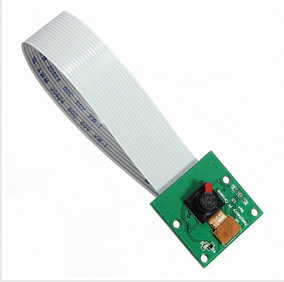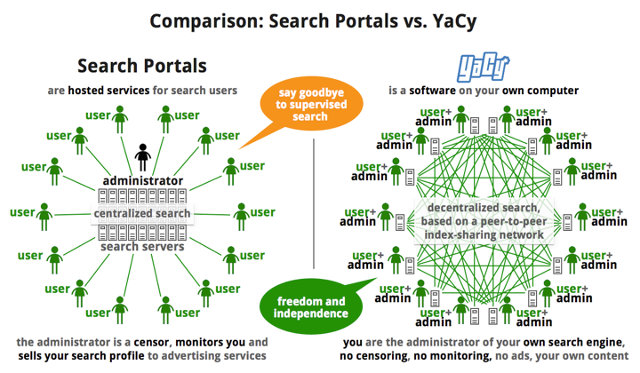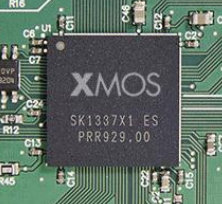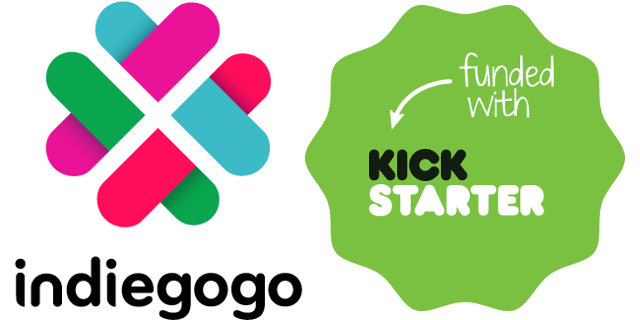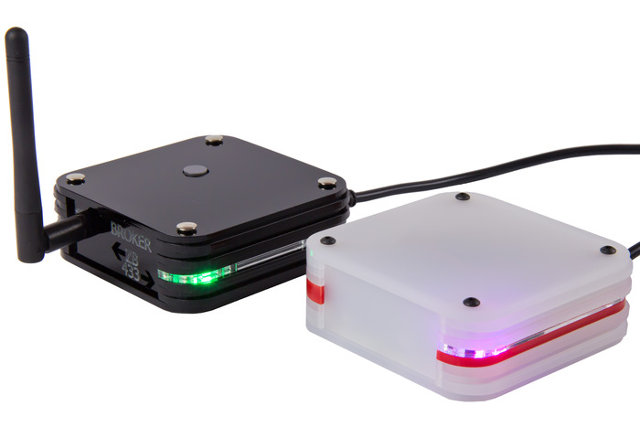Lots of Android TV Boxes and HDMI dongles have hit the market last year, and low cost home automation systems have been launched, or are in development, such as Ninja Sphere. Webee Boss combines both to make your TV and your Home smart, as part of the Webee home automation platform, also composed of “Bees” (Smart Plug, Smart Lamp Holder, Smart Host, Presence Tag, Open/Closed sensors, etc…), Hive m3 development board, and an Android app. Webee Boss specifications: SoC – ARM Cortex A9 Microprocessor @ 800MHz System Memory – 1 GB RAM Storage – 2 GB NAND Flash, micro SD card slot up to 32GB Connectivity 10/100M Ethernet 802.11 b/g/n WiFi IEEE 802.15.4 – ZigBee. Mesh networking. Home Automation profile. Z-Wave. Mesh networking. Home Automation standards compatible in most countries. Wireless Range – Outdoor: 45 to 90 meters, Indoor 45 – 60 meters Video Output – HDMI 1.3 (up to […]
Cheap Accessories for Raspberry Pi – Camera, microSD adapter, Debug Board, Heatsink and Enclosure
The Raspberry Pi just a great low cost ARM Linux board that costs $25 (Model A) to $35 (Model B), but once you start to add accessories the total cost of ownership may creep up quickly, and in some cases accessories may be more expensive than the board itself. I’ll list some alternative accessories that can be purchased online for a fraction of the cost of the more famous one. $18 Raspberry Pi Camera The official Raspberry Pi camera costs $25 + shipping and tax, but you can get a similar 5MP CSI camera for just $18.13 including shipping on Banggood.com. This camera clone should be software compatible with the original one according to the listed features: Plugs directly into the CSI connector on the Raspberry Pi 5MP resolution image (2592 x 1944), or 1080p HD video recording at 30fps 5MP (2592 x 1944 pixels) Omnivision 5647 sensor in a […]
Yacy P2P Non-Tracking Search Engine and YaCyPi Linux Distribution for Raspberry Pi
With the revelations by Edward Snowden of NSA’s large scale spying programs, people have become more and more aware that there’s very little privacy online, and in 2013 several companies have tried to solve this online privacy issue, by launching services and products such as Onion Pi and Safeplug Tor Server, or even the recently announced privacy-focused Blackphone. One of the best way to get tracked is to use Google or Bing search engines, which use your search data to deliver relevant ads. Yacy, a peer-to-peer search engine, tries to solve this issue. You can install it on your computer, and you’ll soon be able to run YaCyPi on your Raspberry Pi. The search engine is described as follows: YaCy is a free, as in open source, search engine that anyone can use to build a search portal for their intranet or to help search the public internet. When contributing to […]
Top 10 Posts of 2013 and Stats on CNXSoft Blog
This is the last day of the year, and just like in 2012, I’ll look back on the main trends of this year, post a list of the top 10 posts of 2013 on cnx-software.com, and add some fun stats about the site and my visitors. 2013 has been the year of quad core media players and mini PCs, especially those based on Rockchip RK3188, XBMC is now featured in many Android STBs, “big.LITTLE” and “Octa-core” have been the buzz words on the application processor front, Google has entered the HDMI TV sticks market with the ChromeCast, and is competing with Miracast / DLNA TV dongles, we’ve gotten more and more low cost Linux development boards, crowdfunding has almost gone mainstream, and the Internet of things has started to take off thanks to new technologies such as Bluetooth Low Energy. I’ve compiled the list using data from Google Analytics, filtered […]
Bodhi Linux Distribution Has Dropped Official ARM Support (For a While)
Linux is omnipresent in your life via gadget running Android, but in the desktop world, as many of you already know, it’s not straightforward to get a Linux distribution fully work on ARM platform, because each ARM SoC or board is different, and above all binary blobs used for GPUs, VPUs, Wi-Fi and Bluetooth chips can make it extremely complex, even impossible, to have a fully working ARM Linux distribution for a given hardware. After considering that ARM Linux required too much effort, and was not used by many people, Bodhi Linux developers decided to call it a day in October this year, and dropped official support for ARM hard-float images: Effective immediately Bodhi is dropping official support for ARM devices. What does this mean? We will no longer be advertising an ARMHF download link on our front page Updates to ARM images will be infrequent/not at all. The ARM […]
XMOS xCORE-XA Octa-core ARM Cortex-M3 SoC and $14.99 StartKIT Board
XMOS is a fabless semiconductor company that specialized in multicore MCUs that delivers scalable, parallel multitasking compute, which are used in embedded applications for consumer, industrial and automotive markets. They’ve recently announced xCORE-XA (eXtended Architecture), their first MCU based on ARM technology with one ARM Cortex M3 core, and seven xCORE core, as well as a low cost development board called XMOS StartKIT featuring xCORE-A (Analog) with eight cores. XMOS xCORE-XA SoC xCore-XA is actually an octa-core MCU with the following key features: Eight 32bit processors – seven xCORE logical cores supporting DSP instructions, and an ARM Cortex-M3 processor (up to 500 MIPS in total) On-chip Memory – 192KB SRAM, and 512 or 1024KB SPI Flash depending on model. 38 I/O including I2C, SPI, ADC, DAC, op-amps, capacitive sensing comparators, and optional USB 2.0 interface. Hardware response ports – Eliminate the need for interrupts and provide up to 100x faster […]
Crowdfunding Report 2013 on CNXSoft Blog
Crowdfunding has really took off in 2013, with sites like Kickstarter and Indiegogo, as they enable start-ups to launch new and innovative products, and some established, even large companies, I’m thinking Canonical with Ubuntu Edge here, have also tapped into that market, actually shifting part of the risks from shareholders, to customers / individual funders. In this post, I’ll go through all the crowdfunding projects, 16 Indiegogo and 25 Kickstarter campaigns, featured on cnx-software.com between the beginning of December 2012 till the end of November 2013, to find out which ones have been a stellar success in terms of funding and on-time delivery, and those that have failed in one way or another, with some being close to looking like scams. There was a wide range of products with dealing home automation, the Internet of things, wireless Arduino compatible boards, Linux development boards, media players and more. Let’s go straight […]
SliceCase is a Modular & Customizable Case for Arduino, Raspberry Pi, and Soon More (Crowdfunding)
When you design hardware around Arduino or Raspberry Pi boards, most likely that not, the enclosures available on the market won’t be usable with your project, and you’ll have to design your own which may end up not quite looking as nice as you expected. Two Hornets, a startup based in the Netherlands, is trying to provide a solution with SliceCase, a modular and customizable casing system, that at first looks similar to some other enclosures like Pimoroni PiBow case. But there’s more than meets the eye, as SliceCase is composed of standard components, that allow you to build the casing around your hardware, and even order custom top covers and sides online. At first, they’ll focus on the most popular boards such as Arduino Standard and Mega boards, and the Raspberry Pi, but if this concept takes off more boards will be added. The enclosure system is composed of […]



